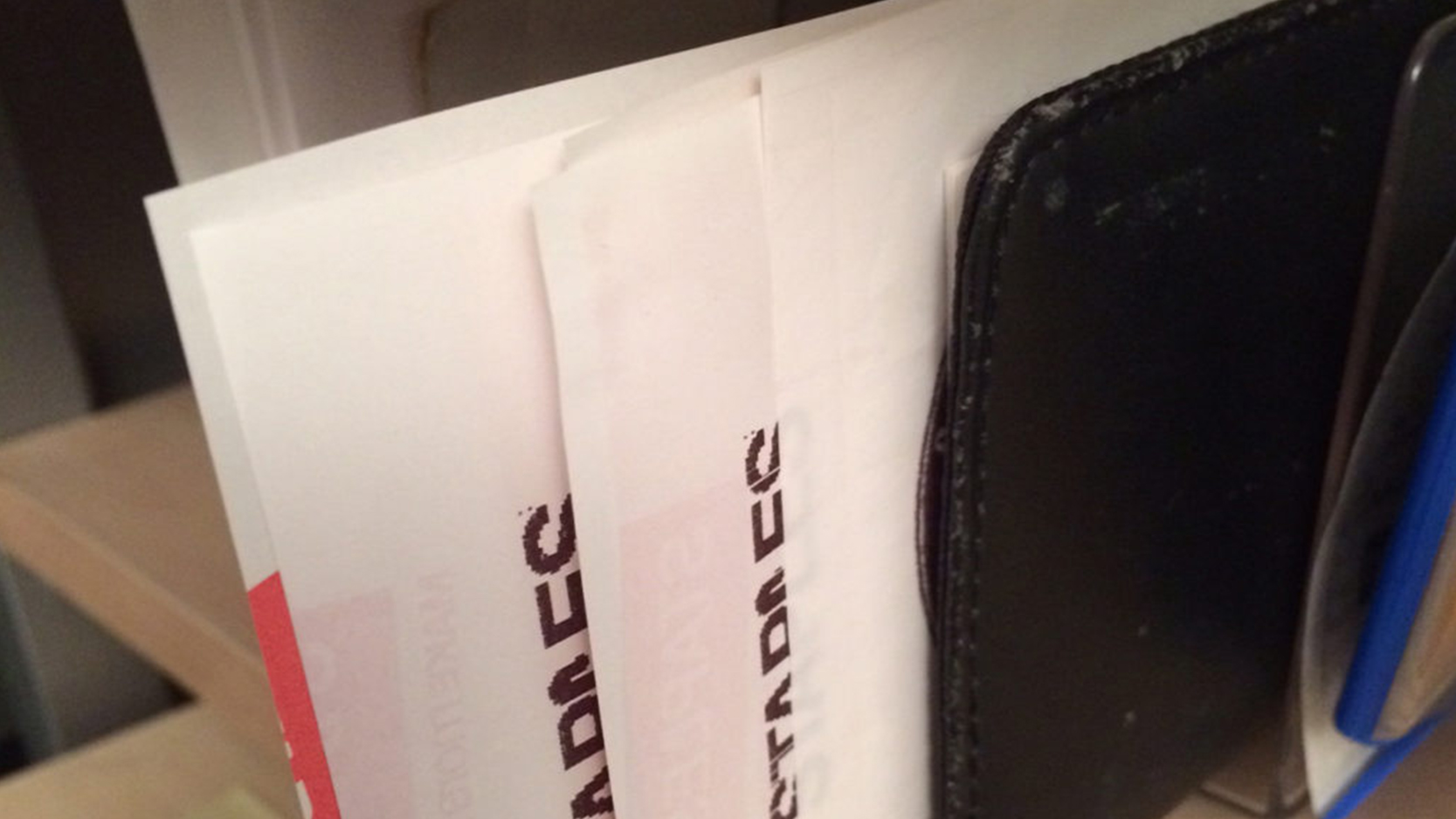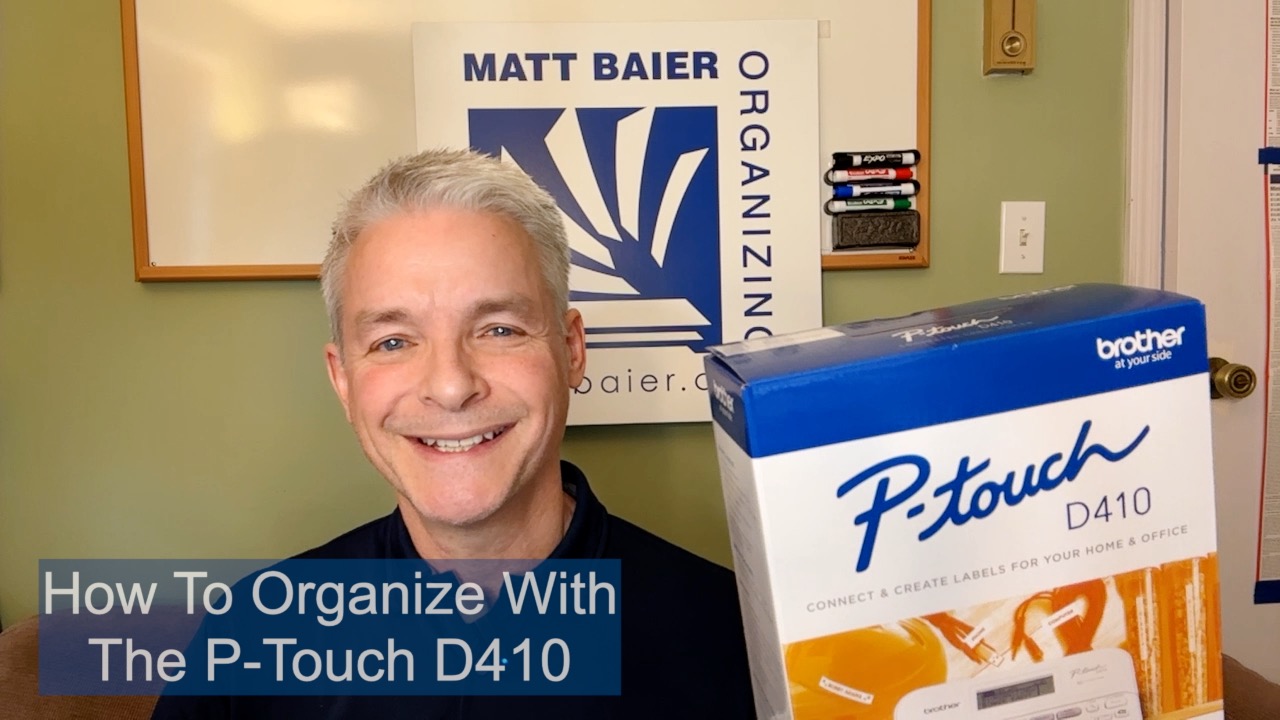Organizing Your Receipts
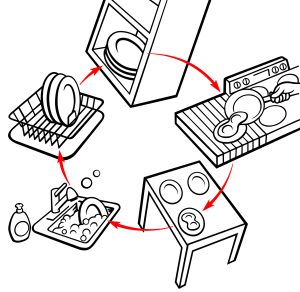
This approach is described in my upcoming book The Circulation Solution: The Ultimate Organizing Approach to Lasting Clutter Relief, out in 2017. The circulation solution can be summarized in just three words: circulation prevents accumulation. What that means is, having a plan for movement in a series of manageable, reliable steps. The reason I am showing an illustration of dishes, instead of receipts for this post, is because it is a perfect, example of circulation, that most of us follow already. The key to staying organized is applying this plan for movement to everything, including receipts.
There are two parts to organizing: getting organized and staying organized. A great way to get organized is to start with a clear vision of the benefits of getting organized. That will pull you forward in the
process. Another useful guideline for getting organized is to ask yourself exactly why you keep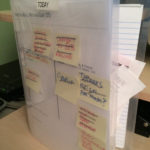
- for taxes, especially if you are itemizing
- in case you might want to return an item
- for capital improvements
- for home insurance, to prove value
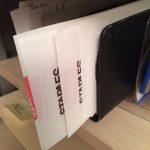
Manageable and Reliable Step 1. I carry what I call a “Today” folder. It is clear, lightweight, and designed to only carry a minimum of items. The idea is that everything that goes into that folder TODAY comes out TODAY. NOTHING takes up residence. There are only “commuters.” One of those commuters are today’s receipts. They go in very easily and the come out very easily.
Manageable and Reliable Step 2. Receipts that I keep for taxes go into my business and personal checkbooks. Once a week I find an opportunity to copy my purchases into my check registers. It’s only a week’s worth, so it’s manageable and it’s always the same day, so it’s reliable.
opportunity to copy my purchases into my check registers. It’s only a week’s worth, so it’s manageable and it’s always the same day, so it’s reliable.
Manageable and Reliable Step 3. Entered receipts go into a very simple file jacket for receipts. The only separation is between my personal account, business account, and credit card. It is located on a shelf, at sitting eye level, within arm’s reach from my desk. It’s simplicity and location make it manageable and reliable.
Manageable and Reliable Step 4. Twice a year, at the end of June and at the end of December, I collect my business account receipts into a Ziploc bag. My bookkeeper has entered the purchases from my bank statement. (The only reason I enter them in my checkbook is for back up information.) The personal account purchases, that I partially use for taxes (like gasoline and auto repairs), I run through my Neat Desk scanner, which makes converting information to my digital records extremely manageable and makes my accountant very happy. Because it is just twice a year, at regular spots, it is both manageable and reliable.
information.) The personal account purchases, that I partially use for taxes (like gasoline and auto repairs), I run through my Neat Desk scanner, which makes converting information to my digital records extremely manageable and makes my accountant very happy. Because it is just twice a year, at regular spots, it is both manageable and reliable.
We’re too busy to move everything to its final destination, especially small items like receipts, but we can alway move things forward, especially if they are in manageable and reliable steps. You don’t have to follow my steps, but find ones that are manageable and reliable for you. That is the key to sustainable organizing.
Please Share With Your Community
Testimonials
What some of our clients are saying
Imagine An Organized Home

